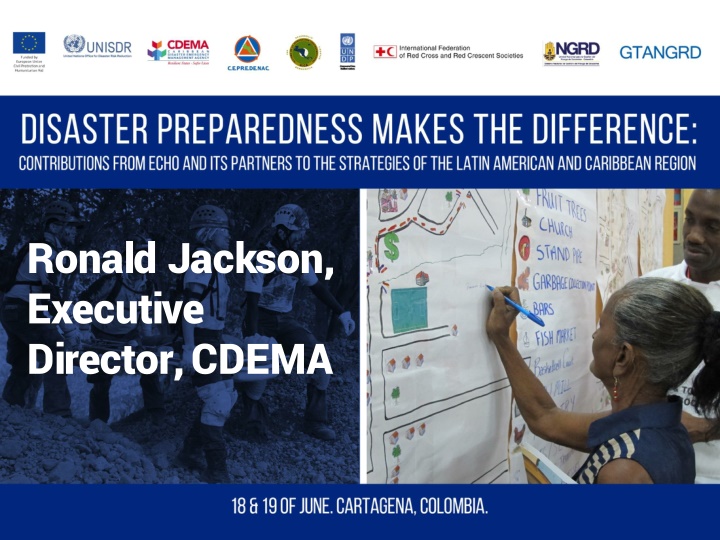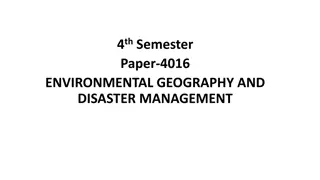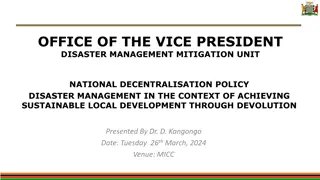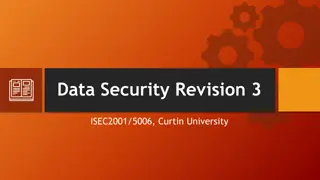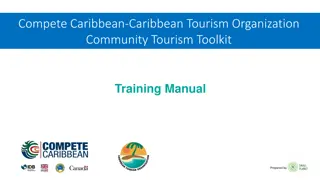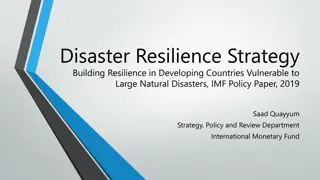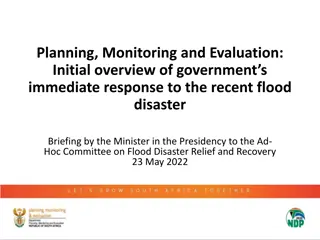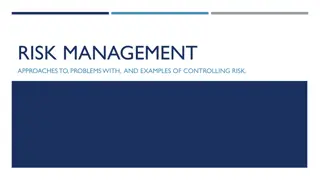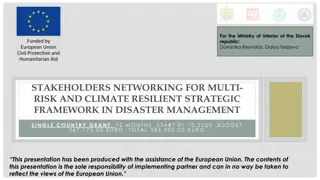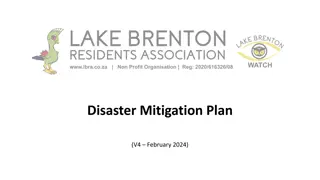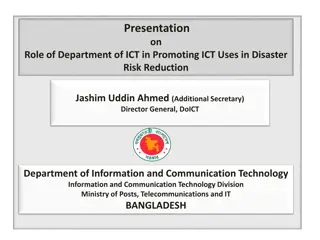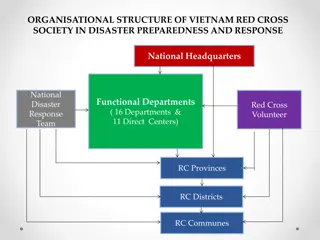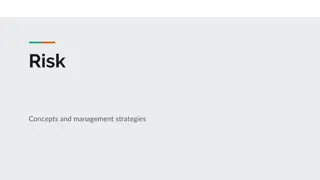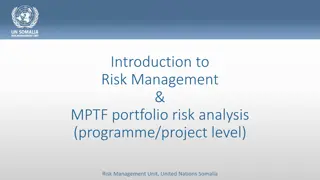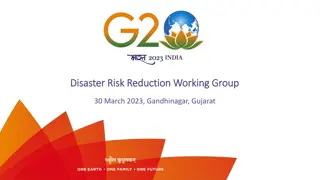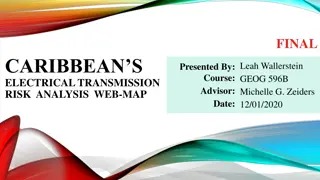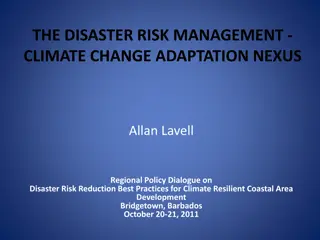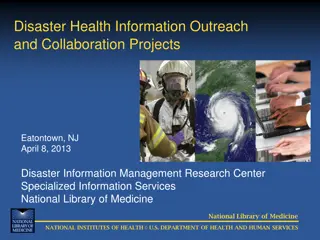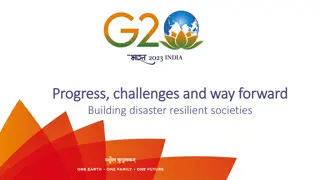Disaster Risk Management Strategies in the Caribbean: Ronald Jackson's Vision
Ronald Jackson, Executive Director of CDEMA, outlines a regional goal to create safer, resilient, and sustainable Caribbean states through knowledge management, institutional strengthening, sector integration, and community resilience. His contributions to the CDM strategy focus on disaster risk reduction priorities, early warning systems, community resilience, capacity building, and institutional strengthening. Investments in early warning systems and mitigation actions like slope stabilization and community organizing are key components of his evidence-based approach in disaster management, with a specific focus on countries like St. Kitts and Nevis and Haiti.
Download Presentation

Please find below an Image/Link to download the presentation.
The content on the website is provided AS IS for your information and personal use only. It may not be sold, licensed, or shared on other websites without obtaining consent from the author.If you encounter any issues during the download, it is possible that the publisher has removed the file from their server.
You are allowed to download the files provided on this website for personal or commercial use, subject to the condition that they are used lawfully. All files are the property of their respective owners.
The content on the website is provided AS IS for your information and personal use only. It may not be sold, licensed, or shared on other websites without obtaining consent from the author.
E N D
Presentation Transcript
Ronald Jackson, Executive Director, CDEMA
Regional Goal: Safer more resilient and sustainable Caribbean States Knowledge Management Institutional Strengthening Sector Integration Community Resilience Strategic Disaster Risk Management Programming for Priority Sectors Standards for safe communities developed and applied DM Organizations (national and regional) Strengthened for Supporting and monitoring the advancement of DRM Regional Network for Risk Informed Decision Making Hazard Information integrated into development planning and programming for priority sectors Community Based Disaster Management Capacity built/strengthened Integrated System for fact based decision making at all levels CDM Integrated into policy, strategy, legislation Incentive programs developed and applied for the promotion of risk reduction/CCA in infrastructure investment Community EWS integrated, improved and expanded Incorporation of Community and Sector Knowledge in Risk Assessments Development Partner Programming aligned Community Livelihoods safeguarded Education and Training materials, standardized, improved and applied Strengthened Coordination for preparedness, response and recovery Adequate resourcing of CDM Programming
Contributions to the CDM Strategy Disaster Risk Reduction Priorities CDM/Sendai Links Timeframes Early Warning Systems CDM RO4.3 SDF P4 Community Resilience CDM RO2.3, SENDAI P1 CDM PA1 (RO1.2) SDF P2 Capacity Building and Training CDM regional priority 2 & 4 Institutional Strengthening CDM: 1.4.; 2.3; 2.4 SDF: Priority 3 (a) Public Private Partnership CDM RO Area 3 Sendai Priority Action 3
Identifying the Evidence Investment in EWS Mitigation investments at the Community Level (SKN): Support o building retrofitting Slope Stabilization (tree replanting) Investment in organizing Community groups(ANU)
Identifying the Evidence Haiti Early warning / Rapid assessment / Temporary shelters management Risk mapping / Simulation exercises / SOP s updates / Awareness Multi-Hazard approach / Water storage capacities / Awareness / Coordination Operational capacities thanks to WASH cholera response set-up / Flexible funding envelops to partners / Stock pre- positioning Awareness / Evacuation / Mitigation works / Pre- positioned NFI distributions.
Outcomes of the interventions Communities better prepared to respond to and cope with Hazard Impact. Increased Knowledge and Awareness of Risks by Government Actors and Population Better planning frameworks to advance EWS at the National and Community Level Improved infrastructure for public notification and warning
Success Factors The impacts of most investments made is usually realized several years after the project closes However Adverse events allows us to observe how successful these investments are. Work of Community Groups and IFRC in ANU Resilience of housing stock in SKN Data gathering from rain and water level monitoring gauges Haiti s decision support process (facilitating awareness of vulnerable areas and evacuating and sheltering Vulnerable populations) pre-positioning supplies and equipment
Communications/PR Usually at two levels Project partners DIPECHO communication tools Social Media Video and Plays Media Engagement
Recommended Enhancement Sharing CDM Indicators for better alignment of evidence with CDM delivery Continued engagement with CDEMA and Member States on Priority identification and matching initiatives that directly address these priorities
